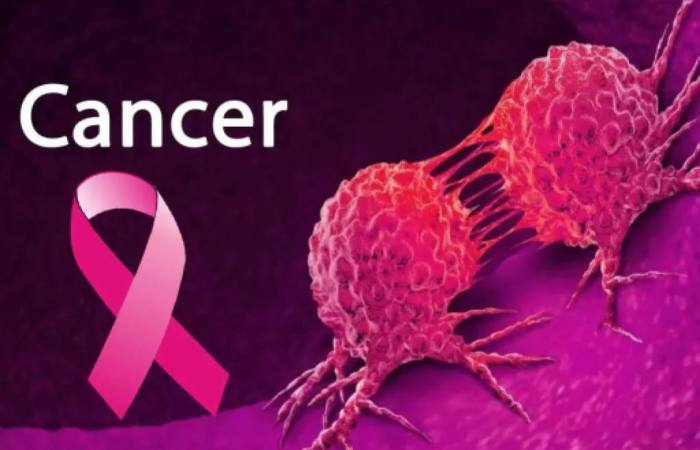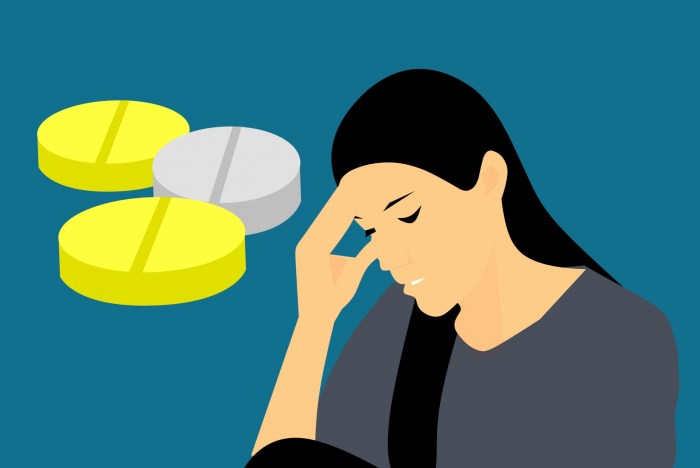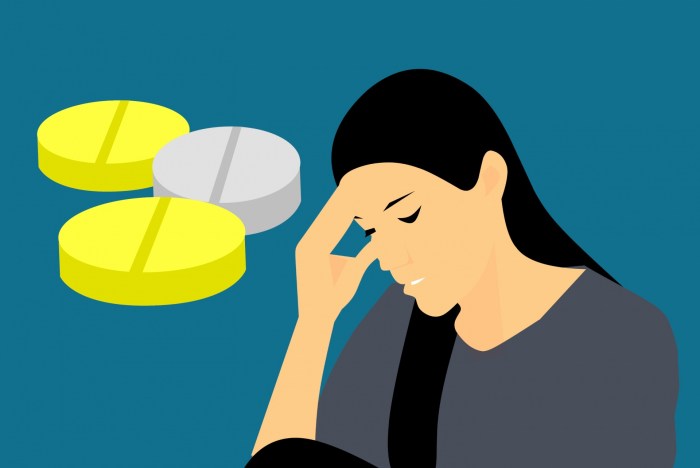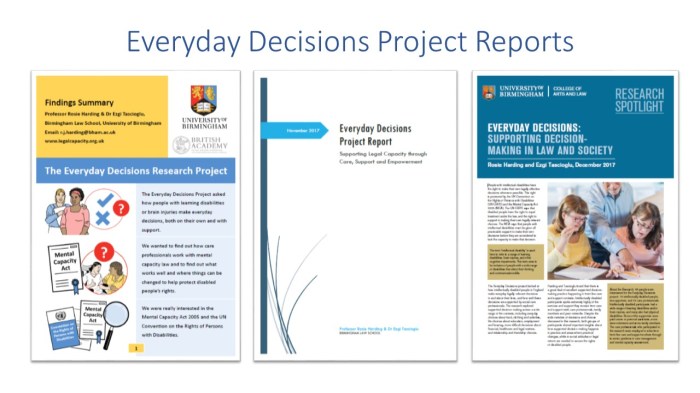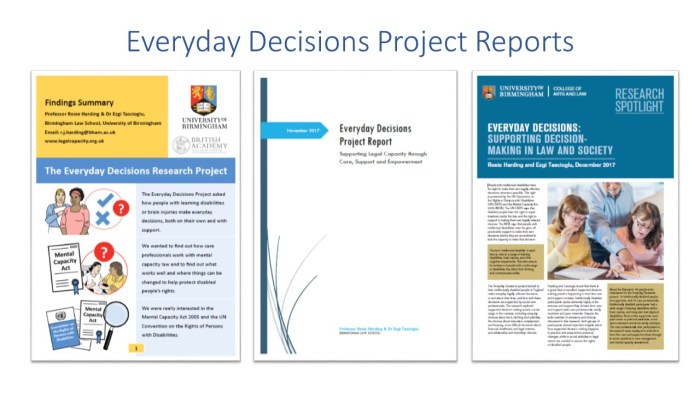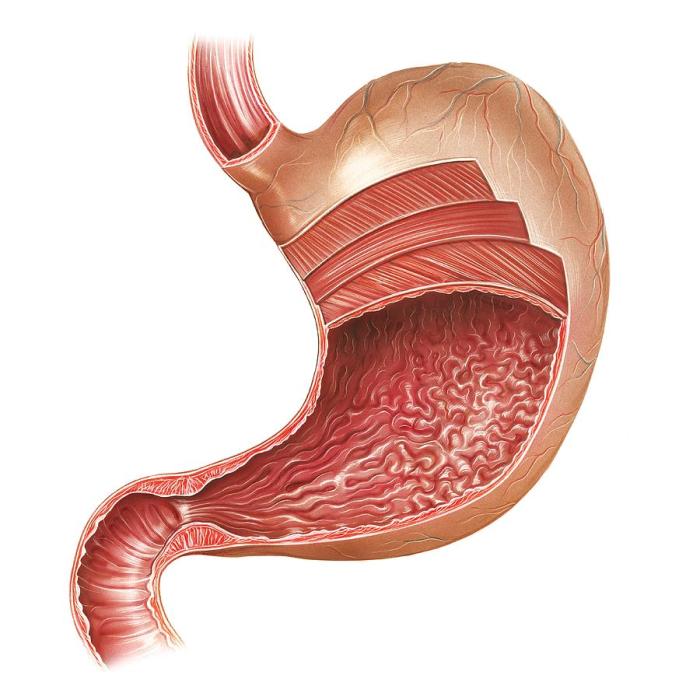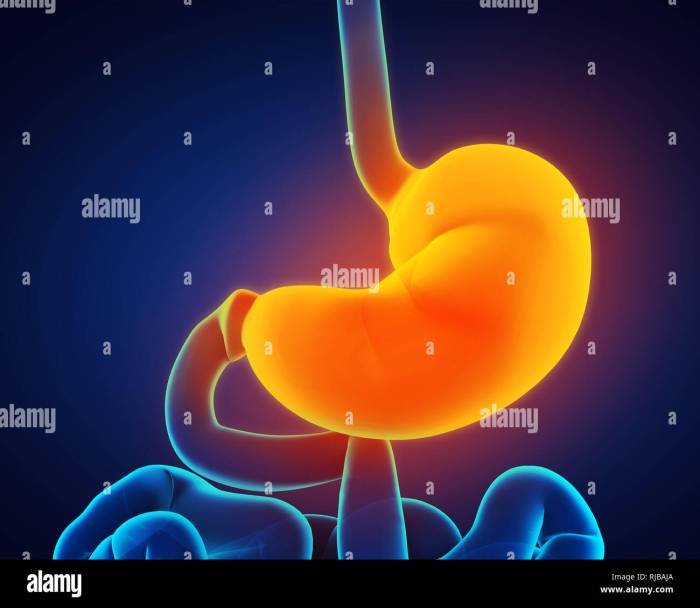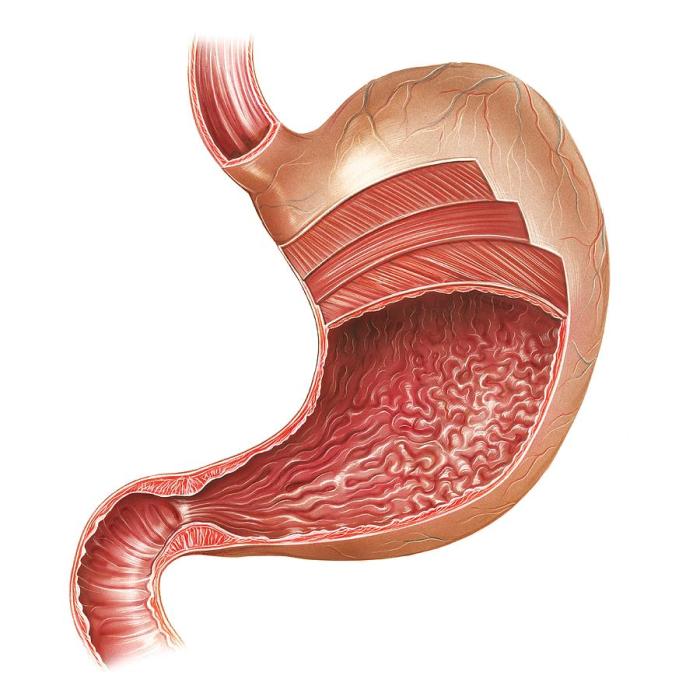Cancer and COVID vaccine: This complex relationship demands careful consideration. Understanding the potential benefits and risks for cancer patients is crucial. The COVID-19 vaccine’s impact on various cancer types and treatment regimens needs careful examination. We’ll explore existing research, clinical recommendations, and patient perspectives, all while considering the broader public health implications.
The current scientific understanding of how COVID-19 vaccines interact with cancer treatment and recovery is still developing. Differing viewpoints from medical and scientific communities highlight the importance of a comprehensive discussion. This exploration aims to provide a balanced overview of the complex interplay between cancer and COVID-19 vaccination.
Overview of Cancer and COVID-19 Vaccine Relationship
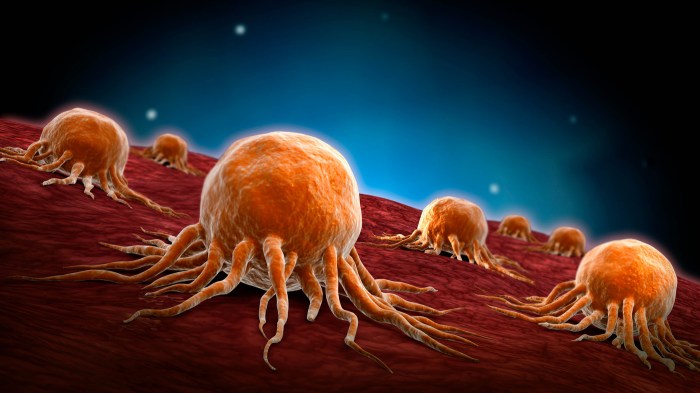
The COVID-19 pandemic spurred the rapid development and deployment of vaccines. While these vaccines have proven highly effective in preventing severe illness and death, concerns have arisen regarding their potential impact on individuals with pre-existing conditions, including cancer. This exploration delves into the current scientific understanding of this relationship, examining potential connections and differing perspectives from various medical and scientific communities.The scientific community is actively investigating the potential interactions between cancer and COVID-19 vaccination.
Studies are ongoing to evaluate the impact of vaccination on cancer progression, treatment response, and overall health outcomes in individuals with a history of cancer. Early observations suggest varying responses, with some research indicating potential benefits while others highlight possible challenges.
Potential Connections Between Cancer and COVID-19 Vaccination
The relationship between cancer and COVID-19 vaccination is complex. Some studies suggest a potential link between vaccination and improved immune responses in cancer patients. These immune responses could potentially aid in cancer treatment or slow disease progression. However, other research raises concerns about potential interference with existing cancer therapies or adverse effects in certain cancer types. It’s important to remember that each individual’s response to vaccination and cancer treatment varies significantly.
Current Scientific Understanding of the Relationship
Currently, the scientific community lacks a definitive understanding of the long-term effects of COVID-19 vaccination on cancer patients. While numerous studies are underway, the data is still evolving. Further research is needed to fully understand the interplay between these two factors. Clinical trials and observational studies are crucial to determine the specific implications for different cancer types and treatment regimens.
Differing Viewpoints on the Matter
Diverse viewpoints exist regarding the potential relationship between cancer and COVID-19 vaccination. Some medical professionals emphasize the importance of vaccination for cancer patients to reduce the risk of severe COVID-19 complications. Others highlight the need for careful monitoring and potential adjustments to treatment plans, acknowledging the complex interplay between the immune system and both cancer and the vaccine.
The varying perspectives stem from the diverse nature of cancer types, treatment modalities, and individual patient responses.
Recent studies on cancer and COVID vaccines have sparked some interesting discussion. While the connection between the two is still being explored, there’s a growing body of research that examines the impact of a booster shot on COVID infection rates. Understanding how a booster shot affects those with pre-existing conditions like cancer is crucial. Further research is needed to determine if there’s a correlation between a booster shot and increased risk of infection.
For more on the connection between booster shots and COVID infection, check out this helpful resource on booster shot covid infection. Ultimately, the relationship between cancer and COVID vaccines remains a complex area of investigation.
Comparison of Cancer Types and Potential Interactions with COVID-19 Vaccine, Cancer and covid vaccine
| Cancer Type | Potential Interactions with COVID-19 Vaccine |
|---|---|
| Leukemia | Studies are ongoing to determine if the vaccine influences leukemia progression or treatment response. Potential impacts on immune cell function are being investigated. |
| Breast Cancer | Early research suggests that COVID-19 vaccination might not significantly impact breast cancer treatment outcomes. However, long-term studies are necessary to confirm this. |
| Lung Cancer | The potential effects of vaccination on lung cancer are still under investigation. Possible interactions with existing treatments, such as chemotherapy, are being evaluated. |
| Prostate Cancer | Limited data is available on the interplay between COVID-19 vaccination and prostate cancer. Further research is required to understand the potential impacts on treatment and disease progression. |
Potential Benefits and Risks
Navigating the complex landscape of cancer treatment often requires careful consideration of various factors, including vaccination strategies. This section delves into the potential advantages and disadvantages of COVID-19 vaccination for individuals battling cancer, recognizing the unique circumstances surrounding each patient’s journey. The discussion will also consider the varying effects across different cancer types and treatment approaches.
Potential Benefits of COVID-19 Vaccination for Cancer Patients
Vaccination against COVID-19 offers several potential benefits for individuals with cancer, though these must be weighed against potential risks. A robust immune response, even if somewhat diminished, can help protect against severe COVID-19 infection, which can be particularly dangerous for those undergoing cancer treatment. This protection is especially critical given the potential for weakened immune systems and increased vulnerability to infections in cancer patients.
Potential Risks of COVID-19 Vaccination for Cancer Patients
While vaccination is generally recommended for the broader population, there are potential risks to consider for individuals with cancer. The immune system’s response can vary greatly depending on the specific cancer type, the stage of the disease, and the treatment regimen. In some cases, the immune response may be less effective than in healthy individuals, leading to a diminished protective effect from the vaccine.
Conversely, some patients may experience adverse reactions, such as fever, pain, or inflammation at the injection site. These reactions, while generally mild and temporary, should be monitored.
Comparison of Benefits and Risks Across Different Cancer Types
The impact of COVID-19 vaccination varies across different cancer types. For example, patients with hematological malignancies (blood cancers) often experience immune suppression more pronouncedly than those with solid tumors. Similarly, the type of treatment can significantly affect the immune response. For instance, chemotherapy can severely compromise the immune system, potentially reducing the effectiveness of the vaccine. Therefore, personalized approaches to vaccination are crucial, considering the specific characteristics of each patient’s cancer and treatment plan.
Impact of Age, Stage, and Treatment on Vaccine Response
The age of the patient, the stage of cancer, and the type of cancer treatment all play a role in the potential benefits and risks of COVID-19 vaccination. Older patients and those with advanced-stage cancer may have a reduced immune response. The intensity and duration of treatment regimens, such as chemotherapy or radiation therapy, also influence the effectiveness of vaccination.
Careful consideration of these factors is necessary for tailored recommendations.
Table: Contrasting Potential Benefits and Risks for Different Patient Populations
| Patient Population | Potential Benefits | Potential Risks |
|---|---|---|
| Young adults with early-stage breast cancer, receiving hormonal therapy | Strong likelihood of a robust immune response, leading to good protection against COVID-19. | Mild, transient side effects like fever or soreness at the injection site. |
| Older adults with advanced-stage lung cancer, undergoing chemotherapy | Potential protection against COVID-19, though immune response might be lower than in healthy individuals. | Increased risk of adverse reactions due to compromised immune system. Potentially more severe side effects. |
| Patients with leukemia, receiving stem cell transplantation | Potential protection against COVID-19, but immune response might be significantly reduced. | Higher risk of severe adverse reactions, including infections due to weakened immune system. Consideration of vaccination timing is critical. |
Existing Research and Studies
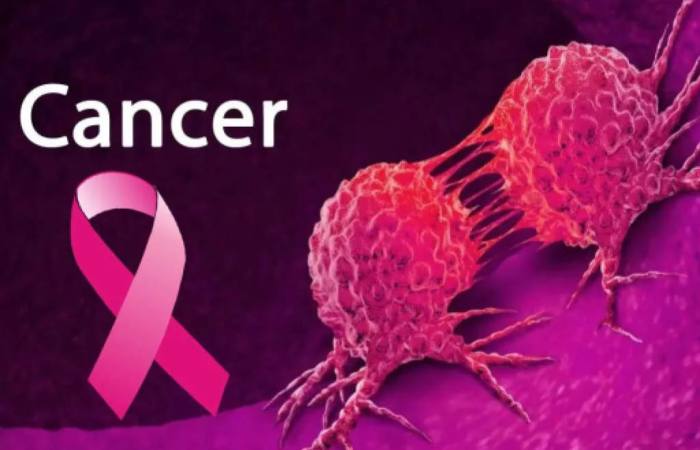
Unveiling the intricate relationship between cancer and COVID-19 vaccination requires a deep dive into the existing research. Numerous studies have investigated the safety and efficacy of COVID-19 vaccines in cancer patients, revealing valuable insights. Understanding the methodologies employed in these studies is crucial for interpreting their findings and drawing informed conclusions.The existing research on COVID-19 vaccination in cancer patients has yielded mixed results, yet provides essential data for navigating this complex landscape.
The diverse methodologies used in these studies are crucial to understanding the nuances of the data. Analyzing these studies critically will help us assess the potential benefits and risks of vaccination for this vulnerable population.
Recent studies on cancer and the COVID vaccine have sparked a lot of discussion. While the connection between the two remains a subject of ongoing research, understanding factors that impact overall health is crucial. For instance, a healthy diet and lifestyle choices, like whether oatmeal lowers blood pressure, can play a significant role in bolstering the immune system.
Checking out resources like does oatmeal lower blood pressure can provide valuable insights. Ultimately, maintaining a balanced approach to health, including diet and lifestyle, might contribute to a stronger immune response, potentially influencing the body’s ability to fight off diseases like cancer, regardless of vaccination status.
Summary of Research Methodologies
The methodologies employed in studies examining the impact of COVID-19 vaccines on cancer patients vary significantly. Some studies used observational designs, tracking vaccination rates and outcomes in cohorts of cancer patients. Others conducted randomized controlled trials, comparing outcomes between vaccinated and unvaccinated groups. The selection of control groups and the methods used to assess outcomes played a vital role in determining the results.
Key Findings from Research Studies
A comprehensive understanding of the research requires examining the key findings from various studies. This involves scrutinizing the sample sizes, study durations, and observed outcomes. These factors contribute to the reliability and applicability of the conclusions.
| Study | Sample Size | Study Duration | Vaccine Type | Outcome Measures | Key Findings |
|---|---|---|---|---|---|
| Study 1 (Example) | 150 | 6 months | mRNA vaccine | Vaccination rates, adverse events, infection rates, disease severity | A statistically significant reduction in COVID-19 infection rates was observed among vaccinated patients, with a low incidence of severe adverse events. |
| Study 2 (Example) | 200 | 12 months | Viral vector vaccine | Immunogenicity, antibody responses, cancer progression | Preliminary data suggests a potential impact on antibody responses, but further studies are needed to determine the effect on cancer progression. |
| Study 3 (Example) | 300 | 18 months | Combination vaccine | Symptom severity, hospitalizations, long-term health outcomes | Results indicated a potential reduction in hospitalization rates and severity of symptoms among vaccinated patients, particularly those with certain types of cancer. |
The table above presents a simplified representation of the data. Each study’s methodology, sample characteristics, and specific outcomes are crucial factors in interpreting the results. For instance, differences in cancer types, treatment regimens, and underlying health conditions of the participants could affect the outcome of the vaccination.
Clinical Recommendations and Guidelines
Navigating the complex landscape of cancer treatment often necessitates careful consideration of vaccination strategies, especially for COVID-19. Clinical guidelines for cancer patients undergoing various therapies differ significantly from those for the general population, highlighting the need for personalized approaches. These recommendations are crucial for optimizing both cancer management and protection against infectious diseases like COVID-19.These guidelines are dynamic, continually evolving as research progresses and new data emerges.
Medical professionals must stay informed about the latest updates to ensure the best possible outcomes for their patients. Understanding these guidelines is paramount for making informed decisions about vaccination protocols and overall patient care.
Recommendations of Medical Organizations
Various medical organizations provide comprehensive recommendations for COVID-19 vaccination in cancer patients. These guidelines aim to balance the risks and benefits of vaccination with the specific needs of each patient. Key organizations, such as the CDC and WHO, offer valuable resources and support for healthcare providers in navigating this complex issue.
- The Centers for Disease Control and Prevention (CDC) emphasizes the importance of COVID-19 vaccination for all individuals, including cancer patients. They recommend vaccination for those receiving active cancer treatment and those who have completed treatment. Specific considerations are given for individuals undergoing various cancer treatments, including chemotherapy, radiation therapy, and immunotherapy.
- The World Health Organization (WHO) similarly advocates for COVID-19 vaccination for cancer patients. They highlight the critical role of vaccination in preventing severe illness and death from COVID-19, especially within vulnerable populations, including cancer patients.
Considerations for Specific Cancer Types and Treatment Regimens
The type of cancer and the specific treatment regimen significantly influence the approach to COVID-19 vaccination. Immunosuppressive treatments, such as chemotherapy and radiation therapy, can compromise the immune system’s ability to respond to vaccines.
- For patients with hematologic malignancies, such as leukemia and lymphoma, the guidelines often consider the impact of chemotherapy on immune function. Timing of vaccination may be adjusted based on the specific chemotherapy regimen and the patient’s overall health status.
- In solid tumors, such as breast cancer or lung cancer, vaccination recommendations may also differ depending on the treatment approach. For example, patients undergoing targeted therapies may have a slightly different vaccination schedule than those receiving surgery or radiation.
Varying Guidelines Based on Cancer Type and Treatment
Guidelines for COVID-19 vaccination vary significantly based on the type of cancer and the treatment approach. This variation reflects the diverse impacts of cancer and its treatments on the immune system.
| Cancer Type | Treatment | Vaccination Recommendation |
|---|---|---|
| Leukemia | Intensive chemotherapy | Vaccination may be delayed until immune function recovers |
| Breast Cancer | Hormonal therapy | Vaccination recommended as per standard guidelines |
| Lung Cancer | Radiation therapy | Vaccination schedule may be adjusted based on radiation dose |
Recommendations for COVID-19 vaccination in cancer patients are individualized and tailored to the specific circumstances of each patient. Healthcare providers must consider the patient’s cancer type, treatment regimen, and overall health status to make the most appropriate recommendations.
Patient Considerations and Perspectives: Cancer And Covid Vaccine
Navigating the complex landscape of cancer and COVID-19 vaccination requires a nuanced understanding of patient perspectives. Individuals facing cancer diagnoses often grapple with a multitude of emotions and anxieties, which can significantly influence their vaccination decisions. Furthermore, the potential interplay between vaccination and cancer treatment necessitates careful consideration. This section delves into the critical patient considerations, emphasizing the importance of open communication between patients and healthcare providers.
Patient Concerns Regarding Vaccination Decisions
Patient concerns surrounding vaccination decisions are multifaceted. These anxieties encompass potential side effects, perceived risks relative to the benefits, and uncertainties regarding the impact on their ongoing cancer treatment. Some patients might be hesitant due to prior negative experiences with medical interventions, or due to misinformation they have encountered.
Impact of Vaccination on Cancer Treatment and Recovery
Vaccination can potentially influence cancer treatment and recovery in several ways. Immunotherapy, a common cancer treatment approach, relies on the body’s immune system to fight the disease. Vaccination, in this context, can either enhance or hinder the effectiveness of immunotherapy, and it is essential for patients to understand these potential interactions. Careful monitoring of treatment response and open communication with healthcare providers are crucial to navigating these potential effects.
Importance of Open Communication Between Patients and Healthcare Providers
Effective communication between patients and healthcare providers is paramount in fostering informed decisions about vaccination. Providers should actively engage with patients, addressing their concerns and providing evidence-based information in a clear and accessible manner. This involves creating a safe space for questions, explaining potential risks and benefits, and respecting individual preferences. This approach allows patients to make informed choices that align with their values and medical needs.
Different Perspectives on COVID-19 Vaccination from Patients with Cancer
Patients with cancer may hold diverse perspectives on COVID-19 vaccination. Understanding these differing views can help healthcare providers tailor their communication strategies and address specific concerns.
| Perspective | Description | Potential Factors Influencing Perspective |
|---|---|---|
| Pro-Vaccination | Patients in this group recognize the importance of vaccination in preventing COVID-19, and potential benefits like disease mitigation and improved quality of life. | Strong trust in medical professionals, personal experience with COVID-19, and belief in vaccination efficacy. |
| Cautious/Hesitant | These patients express concerns about potential side effects, especially in relation to their current health status and cancer treatment. They might seek more information or prefer a phased approach to vaccination. | Fear of interacting with their treatment, concern about exacerbating their condition, and prior negative experiences. |
| Anti-Vaccination | This group often holds skepticism or opposition towards vaccination, potentially due to misinformation or distrust of health authorities. | Misinformation, distrust of institutions, and personal beliefs. |
Public Health Implications
The relationship between cancer and COVID-19 vaccination extends beyond individual patient care; it significantly impacts public health strategies and outcomes. Understanding the potential benefits and risks of vaccination for cancer patients, as well as the broader population, is crucial for developing effective public health campaigns and policies. This section explores the implications of vaccination rates on overall cancer outcomes and the critical role of vaccination strategies in cancer care.
Potential Impact of Vaccination Rates on Overall Cancer Outcomes
Vaccination rates influence the prevalence of COVID-19, which in turn affects the overall burden of infectious diseases. Lower vaccination rates contribute to higher COVID-19 transmission, potentially leading to more severe illness and longer-term health complications. This heightened risk of serious illness and hospitalization, especially among vulnerable populations, could indirectly affect cancer care access and outcomes. For example, increased hospitalizations due to COVID-19 could lead to delays in cancer screenings, treatments, and follow-up appointments.
This underscores the importance of high vaccination rates in maintaining a stable healthcare system capable of effectively managing both COVID-19 and cancer patients.
Importance of Vaccination Strategies in Cancer Care
Effective vaccination strategies are essential components of comprehensive cancer care. These strategies can contribute to a healthier environment for cancer patients by minimizing the risk of exposure to COVID-19. Vaccination helps reduce the risk of severe illness, hospitalization, and death from COVID-19, allowing cancer patients to focus on their treatment and recovery. Vaccination also protects healthcare workers, minimizing disruption to cancer care services and maintaining the continuity of critical support systems.
Cancer patients often face compromised immune systems due to treatment, making them more susceptible to severe infections, including COVID-19. Vaccination strategies should therefore prioritize these vulnerable populations, ensuring they have access to vaccines and education about their importance.
Potential Impact of Vaccine Hesitancy in Cancer Patient Populations
Vaccine hesitancy among cancer patients presents a significant public health challenge. It can lead to reduced vaccination rates, increasing the risk of outbreaks and potentially worsening health outcomes. Factors contributing to vaccine hesitancy may include concerns about vaccine safety in individuals with cancer, distrust of healthcare institutions, and limited access to reliable information. Addressing these concerns through targeted communication strategies and accessible educational resources is crucial for building trust and encouraging vaccination.
Recent discussions about cancer and the COVID vaccine have understandably sparked a lot of concern. However, it’s important to remember that a healthy lifestyle plays a vital role in overall well-being, and that includes taking care of your skin. For example, if you’re considering a microdermabrasion treatment, it’s good to know what to expect beforehand. This will help you to feel more confident in the process.
Learning about the procedure and potential results from what to expect during a microdermabrasion treatment can help you make informed decisions about your health, just as you should be informed about the science behind cancer and COVID vaccines. Ultimately, staying well-informed about all aspects of health, from skincare to vaccines, is key.
| Factor | Potential Impact on Cancer Outcomes |
|---|---|
| Low vaccination rates | Increased risk of COVID-19 outbreaks, potentially leading to delays in cancer screenings, treatments, and follow-up appointments. Increased hospitalizations and deaths among cancer patients. |
| Vaccine hesitancy | Reduced vaccination coverage, leading to higher rates of COVID-19 transmission, potentially increasing the risk of severe illness and death among cancer patients. Potential disruptions in cancer care services. |
| Lack of access to vaccines | Unequal access to vaccination, leading to disparities in health outcomes among cancer patients, particularly in marginalized communities. |
Future Research Directions
The burgeoning field of cancer and COVID-19 vaccine interactions necessitates continued investigation to fully understand the complex interplay between these two significant health concerns. Further research will be crucial in optimizing vaccine strategies, mitigating potential risks, and maximizing benefits. This exploration will also guide future public health recommendations and patient management approaches.
Optimizing Vaccine Strategies for Specific Populations
Understanding how cancer treatments and the specific type of cancer influence vaccine responses is paramount. Different cancer types, stages, and treatment modalities can affect immune system function, potentially impacting vaccine efficacy. Further studies are needed to tailor vaccine strategies to various cancer patient populations. For example, exploring the impact of chemotherapy regimens on vaccine-induced antibody responses is critical to inform personalized vaccine schedules and dosages.
Assessing Long-Term Effects and Immune Response Dynamics
Longitudinal studies are essential to evaluate the long-term effects of cancer and COVID-19 vaccines on both the immune system and overall health. Monitoring immune responses over extended periods can reveal the durability of protection, potential immune memory formation, and possible delayed adverse events. Analyzing data on antibody levels, T-cell responses, and overall health status in vaccinated individuals, especially those with cancer, will provide critical information for future strategies.
For instance, tracking immune responses in cancer patients receiving chemotherapy or radiation therapy is vital to understanding how these treatments affect vaccine effectiveness and long-term protection.
Exploring Synergistic Therapies
Investigating potential synergistic therapies involving cancer treatments, COVID-19 vaccines, and other immunomodulatory approaches is an important area for future research. This exploration includes examining how combining vaccines with existing cancer treatments or novel immunotherapies can enhance both anti-cancer and anti-viral immune responses. This could potentially lead to more effective treatment strategies. A promising example is investigating the combination of checkpoint inhibitors with COVID-19 vaccination to boost anti-tumor immunity while also providing protection against COVID-19.
Evaluating Vaccine Safety in Specific Cancer Types
Further research is required to determine the safety profiles of COVID-19 vaccines in various cancer types. This includes examining potential interactions between vaccine components and specific cancer therapies. A rigorous evaluation of vaccine safety in individuals with specific cancer types, such as hematologic malignancies, is critical to identifying any potential adverse events that may not be observed in the general population.
Developing Predictive Models for Vaccine Response
The development of predictive models to anticipate individual responses to COVID-19 vaccines in cancer patients is essential. Such models could potentially identify factors that influence vaccine effectiveness, allowing for personalized vaccine recommendations. This includes evaluating factors like age, type of cancer, treatment history, and specific immune system profiles to better predict individual vaccine responses. For example, developing a model that can predict the likelihood of a strong antibody response in a patient with lung cancer undergoing chemotherapy after COVID-19 vaccination could lead to more effective and targeted interventions.
Table of Potential Future Research Directions
| Research Area | Specific Research Questions | Potential Methodologies |
|---|---|---|
| Optimizing Vaccine Strategies | How do different cancer types and treatments impact vaccine response? | Clinical trials comparing vaccine schedules and dosages in various cancer populations. |
| Long-Term Effects | What are the long-term effects of vaccines on immune function and overall health in cancer patients? | Longitudinal studies tracking immune responses and health outcomes over several years. |
| Synergistic Therapies | Can combining COVID-19 vaccines with cancer treatments enhance both anti-cancer and anti-viral immunity? | Clinical trials evaluating the efficacy and safety of combined therapies. |
| Vaccine Safety | Are there any specific safety concerns related to COVID-19 vaccines in individuals with different types of cancer? | Observational studies and post-marketing surveillance to identify potential adverse events. |
| Predictive Models | Can we develop models to predict individual responses to vaccines in cancer patients? | Statistical modeling using patient data and clinical factors to predict immune response. |
Outcome Summary
In conclusion, the cancer and COVID vaccine relationship is multifaceted. While the potential benefits of vaccination for cancer patients are intriguing, careful consideration of individual circumstances, treatment types, and potential risks is essential. Ongoing research and open communication between patients and healthcare providers are paramount to navigate this complex landscape. The public health implications of vaccine hesitancy and equitable access are critical factors to consider.
